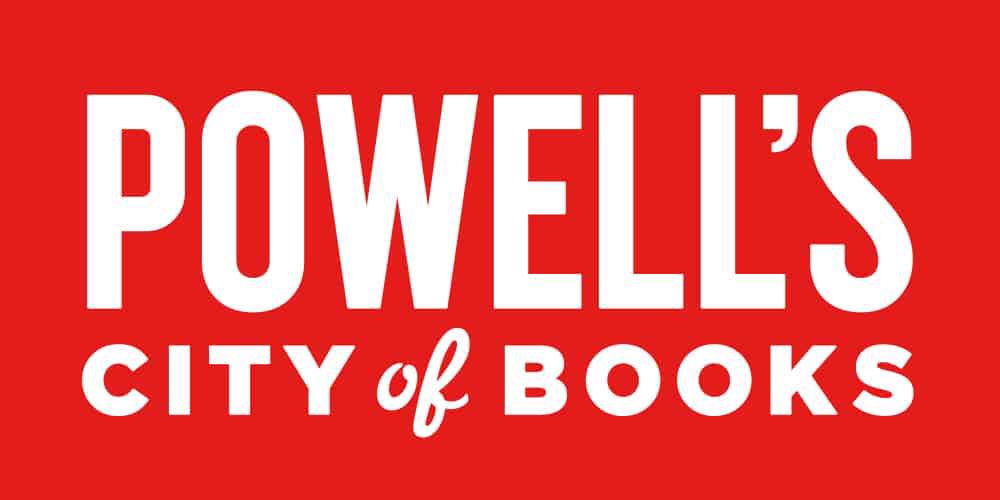Chapter outline
Chapter 1 – Introduction
Chapter 2 – Amazon and the Book Business examines how Amazon got started and then came to dominate book distribution. It shows how Amazon used selection, convenience, pricing, and innovation to take on Borders and then Barnes&Noble. The business was first transformed by Amazon’s successful deployment of ebooks, and Amazon is now ending the gatekeeper role played by publishers.
Chapter 3 – Prime Time: Amazon’s Customer Superglue analyzes the extraordinary impact of Amazon’s customer club, Amazon Prime. It explains how Prime created a membership of 112 million households – 82% of US households are members – around fast free shipping and free entertainment. Prime is Amazon’s unique competitive weapon: there is only room for one such club, and it ensures that members to start and end their product searches on Amazon.
Chapter 4 – Logistics as Leverage. Amazon ignored Wall St. and for more than a decade poured all its profits into logistics. Going through four distinct logistics iterations, it has built by far the best ecommerce delivery system in the US. Competitors cannot match its price or speed, and are faced with the terrible choice of spending equivalent billions or steeling for what Amazon leaves behind. And that includes Walmart.
Chapter 5 – The Amazon Marketplace. In 1998 Amazon opened its platform to direct competitors, listing their items on the same terms and on the same page as its own products. This remarkable and gutsy move led today to a platform with 2 million sellers, accounting for almost 60% of goods sold on the Amazon platform, and $53 billion in fees for Amazon. Network effects and Amazon Prime – which holds all the customers – mean that sellers have nowhere else to turn – even if Amazon doesn’t always treat sellers well.
Chapter 6 – Prices. Amazon doesn’t always have the very lowest price, although on average, Amazon prices are slightly lower than Walmart’s and significantly lower than Target’s. It has forced third-party sellers on its Marketplace into relentless competition that drives down prices, and in some cases has required that they post their lowest prices on Amazon. Customers have known since 2001 (when Amazon committed to everyday low prices) that prices would be low enough, so they don’t have to bother doing a price comparison.
Chapter 7 – Amazon the Innovator. Amazon is the most innovative big company in America. It has invented or scaled a string of important innovations – in retail, in the cloud, in logistics, in publishing, in the home. This is not an accident: Amazon has been designed to support innovation in unusual ways, drawing on culture, process, structure, and resources to do so. A key element is fully buying into the culture. Amazon is not interested in compliance with its mission and values; it wants commitment and belief.
Chapter 8 – How Amazon Makes and Loses Money. Amazon obfuscates its finances. It doesn’t match income by segment with expenses by segment. But based on detailed analysis, some outside data, and well-reasoned estimates, Amazon is losing money heavily in its own retail business – probably some $30 billion in 2019 – and the size of losses is growing. Profits from other segments more than compensate: AWS, Marketplace, Prime, and Advertising all make significant profits. So Amazon has some important strategic choices to make about Amazon Retail.
Chapter 9 – Amazon’s War on Brands. For more than 100 years, brands have been the path through which companies connect to customers. But Amazon is the anti-brand: instead of using brands to create connections which eventually lead to sales (and to premium prices), customers on Amazon use search to find goods instead. They don’t need to care about brands, and increasingly they don’t. Apparent Amazon initiatives like private label brands and Amazon-exclusive partnerships turn out to be unimportant.
Chapter 10 – Powering the Internet: Amazon Web Services (AWS). Amazon invented AWS because its own IT was collapsing under the crush of growth, and it needed a much more flexible and modular system. So it built one, and because high speed Internet had become widely available, it was natural to locate the new system in the cloud. Amazon then found that AWS could solve similar problems for other companies, and it quickly became the biggest US provider of internet services, with huge companies like Netflix as clients. AWS showed that Amazon could and would monetize components that in a traditional firm might look like a cost center, using that opportunity to build an entire new industry.
Chapter 11 – Amazon@Work 1: the Warehouses. Amazon is heading toward more than 1 million workers, mostly in the warehouses. It has more than 100 US fulfillment centers and is planning another 1,000 suburban hubs. These warehouse jobs pay well, and those that are full time carry benefits from day one. But the work is grueling and relentless, surveillance is by the second, Amazon’s rules are rigid, the work production line keep accelerating, and safety data is pointing in the wrong direction. Low performers are fired, and so are those who break the rules, and turnover is likely very high. For Amazon, these workers are disposable.
Chapter 12 – Amazon@Work 2: White Collar Edition. Amazon is a fantastic place to work – for some people. It hires huge numbers of white-collar workers. Those who fit in tend to stay, and for them, Amazon is an incredible place to work – challenging, flexible, open to new ideas, and filled with smart people. But most new hires wash out within a year or two. They cannot take the relentless demands, the results-oriented pressure, or the instability. For Amazon, those workers too are replaceable.
Chapter 13 – Amazon 2031: Riding the triple S-curve. We know where Amazon has come from. Where it is going? Amazon is riding three growth factors. E-commerce is entering the acceleration phase for new technologies, which will last at least a decade. At 11% of retail pre-COVID, ecommerce will by 2031 be at least 30% of retail (where China is now), and most likely much more. In addition, The Amazon platform’s share of retail is likely to grow, from 55% today to 65% or more. And Amazon’s other businesses are booming: AWS growing at 30% annually. Advertising has been unleashed. And Amazon is shifting emphasis from Amazon Retail with low margins and high risk to the Marketplace platform, with high margins and low risk. Plus it’s poised to enter new sectors like healthcare, logistics, finance. Conservative estimates suggest Amazon will have $2 trillion in revenues by 2031 – about 4 times the current size of Walmart.
Chapter 14 – Stopping the Clock: why Amazon is Unbeatable. Retail is the core business at Amazon. There have been previous shopping revolutions, usually when a new distribution method emerged that was clearly superior, often with better prices as well. But Amazon now owns US retail distribution, permanently. It owns the customers through Prime. It owns the information and data – including customer reviews, a key new factor. And it guarantees low prices and innumerable special sales like Prime Day. Plus, it offers extraordinary free entertainment. Too many moats, all of them too deep to conquer. Bezos is wrong: Amazon’s day won’t be ending any time soon.
Chapter 15 – Balancing the Behemoth. Amazon challenges existing norms, and that creates challenges for workers, sellers, and competitors. While antitrust has been the most visible policy response, a new and radical emphasis on data and transparency is a better option. Forcing Amazon to reveal all its business information in the sectors where it is a monopoly would help regulators, partners, and workers, and could help limit Amazon in ways that antitrust cannot. Amazon runs on data – it is time that was shared much more openly.
Amazon is an extraordinary entity. As it grows – or rather, detonates – it affects growing segments of the economy directly, and is becoming a model for business everywhere in the 21st century. As things stand, that is a profoundly ambiguous outcome. Amazon’s brilliance, efficiency, and innovation are incredible and welcome. Its treatment of partners, sellers, and workers should be feared. Amazon is deeply seductive, incredibly powerful, brilliant, agile, strong, ruthless, innovative, customer-obsessed. Just accepting – or even celebrating – the Age of Amazon is no longer either simple or sufficient.








